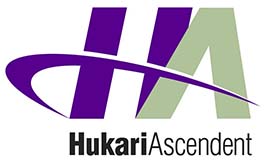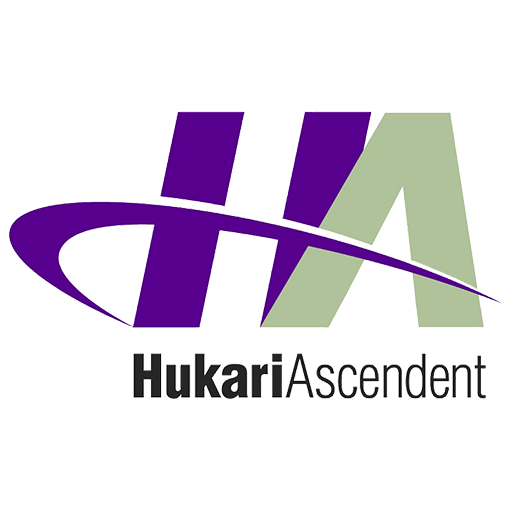Deactivation, Decontamination, Decommissioning, and Demolition (D&D) Services
HukariAscendent has a proven track record as a provider of high quality professional and technical services. HukariAscendent has demonstrated these services in nuclear and commercial industries.
HukariAscendent has opportunities for all levels of employment within these services – entry, junior to senior. HukariAscendent provides in-house recruiting, staffing, program and project management, human resources, finance and accounting, and contract administration in support of several large staff augmentation contracts. HukariAscendent currently holds active contracts with several DOE Prime Contractors, providing a broad range of staff augmentation support, including, but not limited to:
Deactivation, Decontamination,
Decommissioning, and Demolition (D&D)
HukariAscendent began in 1999 with a small group of nuclear safety analysts well versed in Deactivation, Decommissioning, Decontamination, & Demolition (4Ds or D&D). D&D of nuclear facilities is much more than taking a building down. It requires systematic planning and license amendments to orchestrate removal of safety structures, systems, and components at just the right time. It requires balancing permanent and temporary controls to protect the worker, public and environment through the process.
HukariAscendent has provided expertise to characterize both residual and discrete inventories, determining the approach, characterization techniques, and evaluation methodologies to establish the total radiological content of the facility (including uncertainty estimates) for a variety of facilities including: reactors, accelerators, fuel fabrication facilities, hot cells, S1W and A1W prototypes, hazardous waste generation, treatment, storage, & disposal facilities (including support to implement the WAC for multiple LLW commercial disposal sites. Contaminants include sodium, lithium, mercury, uranium, plutonium, americium, tritium and others.
Activities included insertion of robots in high rad environment, Concrete Block Lifting Analysis to cut a reactor structure into pieces (blocks) by wire saw and lifted by 4 post-installed lifting anchors/hoist rings to a forklift. In addition to planning, analysis and field support, HukariAscendent also provides training, mentoring, compliance monitoring, and audit.
Deactivation, Decomissioning, Decontamination, & Demolition
Deactivation, decommissioning, decontamination, and demolition (often referred to as the 4Ds) are processes commonly associated with shutting down and disposing of industrial facilities, particularly those involved in nuclear, chemical, or hazardous material operations.
- Deactivation: This involves the shutdown or cessation of operations at a facility. Deactivation can include shutting down machinery, systems, and processes, as well as securing the facility to prevent unauthorized access or potential hazards.
- Decommissioning: Decommissioning is the process of retiring a facility from service and removing it from active duty. It often involves dismantling structures, removing equipment, and taking steps to ensure the site is safe and environmentally sound. In the case of nuclear facilities, decommissioning also involves safely managing and disposing of radioactive materials and waste.
- Decontamination: Decontamination is the removal or neutralization of hazardous substances from a facility or site. This process is crucial for ensuring that the site can be safely repurposed or demolished without posing risks to human health or the environment. Decontamination methods vary depending on the nature of the contaminants and can include chemical treatments, mechanical removal, or other specialized techniques.
- Demolition: Demolition is the process of systematically dismantling and destroying structures and equipment at a facility. Demolition may be necessary as part of decommissioning or as a standalone process to remove unwanted or unsafe structures. Demolition activities must be carefully planned and executed to minimize risks to workers, nearby communities, and the environment.
These processes are often complex and require careful planning, regulatory compliance, and coordination among various stakeholders, including government agencies, environmental organizations, and local communities. They are essential for safely retiring industrial facilities and mitigating the environmental and public health risks associated with their operation.
Deactivation, Decomissioning, Decontamination, & Demolition – Examples of typical work products include:
- Validation of Hazard Identification (HID), extension of HID to include new hazards and energy sources related to D&D, and new or confirmation Hazard Evaluation (HE) based on validated, extended HID.
- Hazard Categorization and Downgrade of Nuclear Facilities
- D&D Planning documents
- Work control documents
- Excavation plan
- Hoisting & Rigging plans, critical lift design
- Emergency Planning documents
- Fire Hazards Analysis
- Non-Destructive Assay
By the numbers:
- Executed 27 contracts for D4 Services.
- Performed more than $164M D4 services contracts for 17 companies at 15 sites/projects in US, UK, and CAN.
- Hukari has 25 years’ experience providing D4 services.
- D4 services employees average 25 years’ experience.
HukariAscendent is an Equal Opportunity/Affirmative Action Employer. All qualified applicants receive consideration for employment without regard to age, disability, race, color, religion, creed, national origin, sex, marital status, sexual orientation, veteran or military status including disabled veterans and Vietnam era veterans, or other protected status.
HukariAscendent maintains a drug-free workplace.
For questions or if you need accommodation in the application process, please contact HukariAscendent Recruiting at (303) 384-9079.

